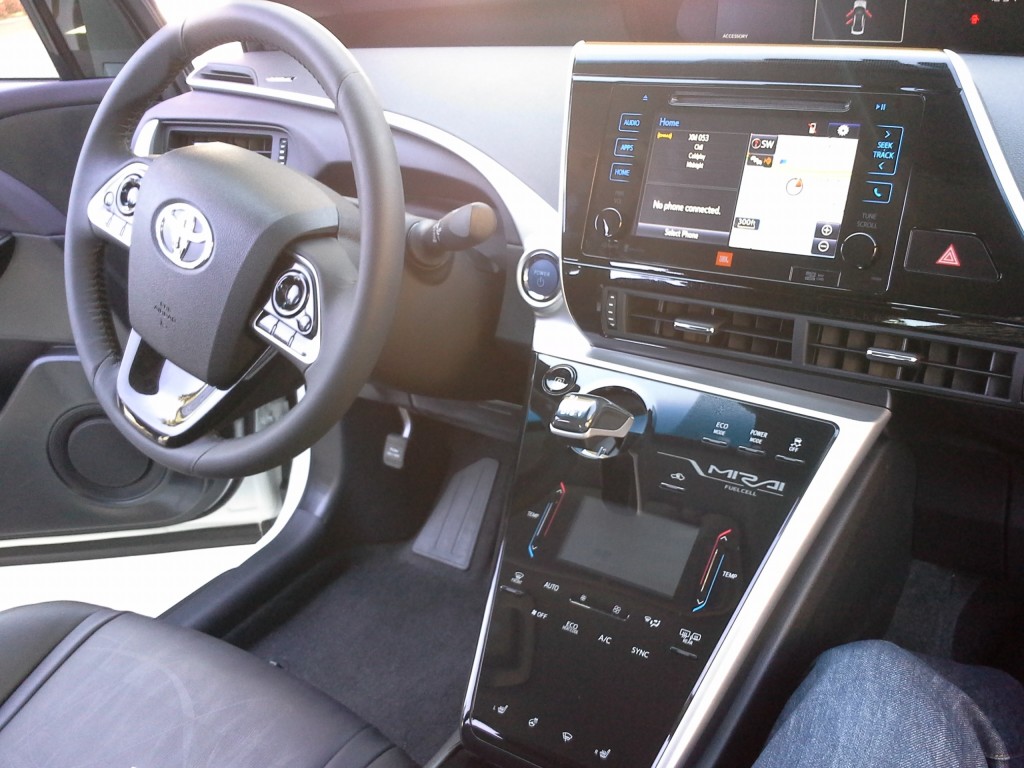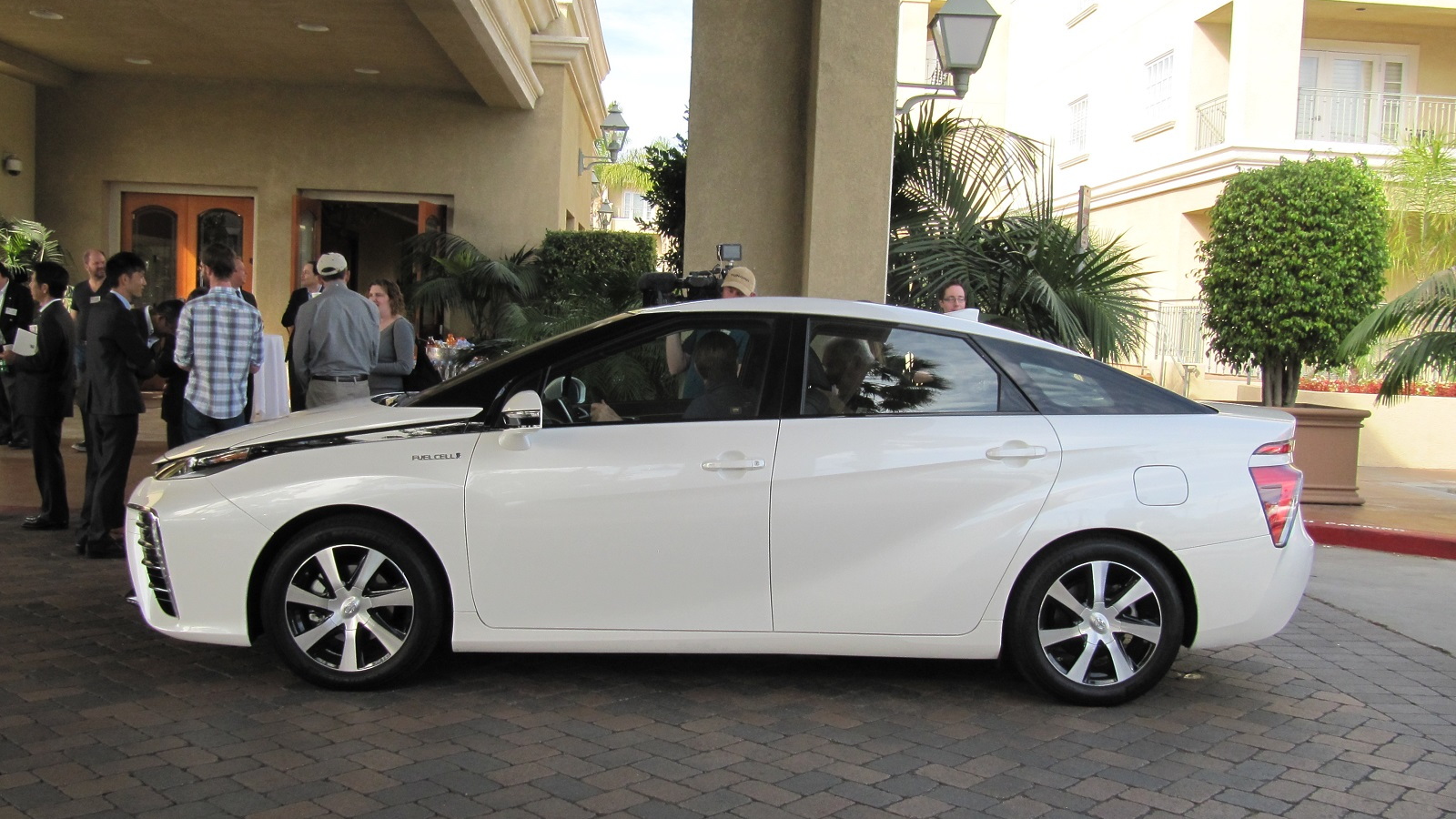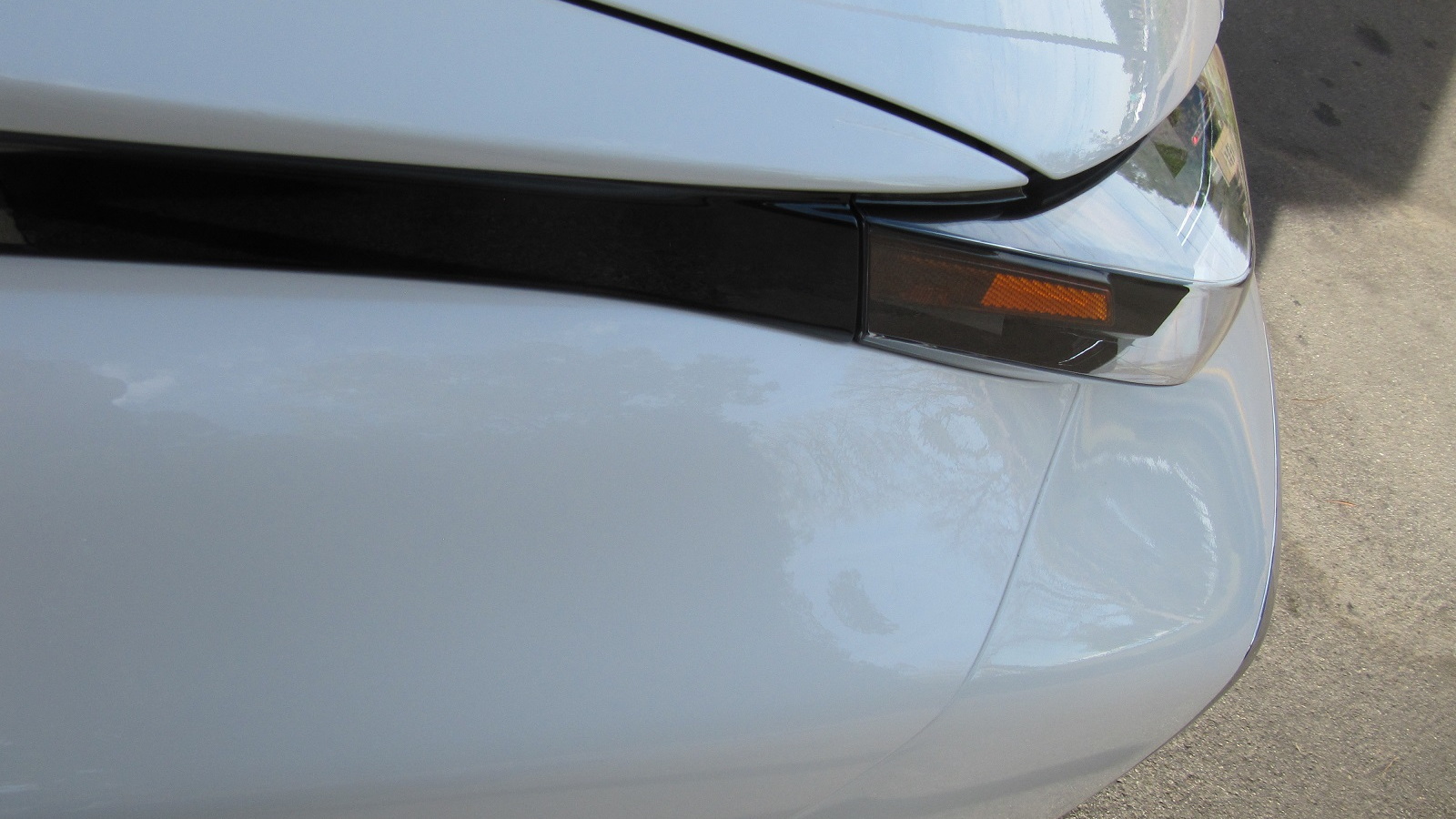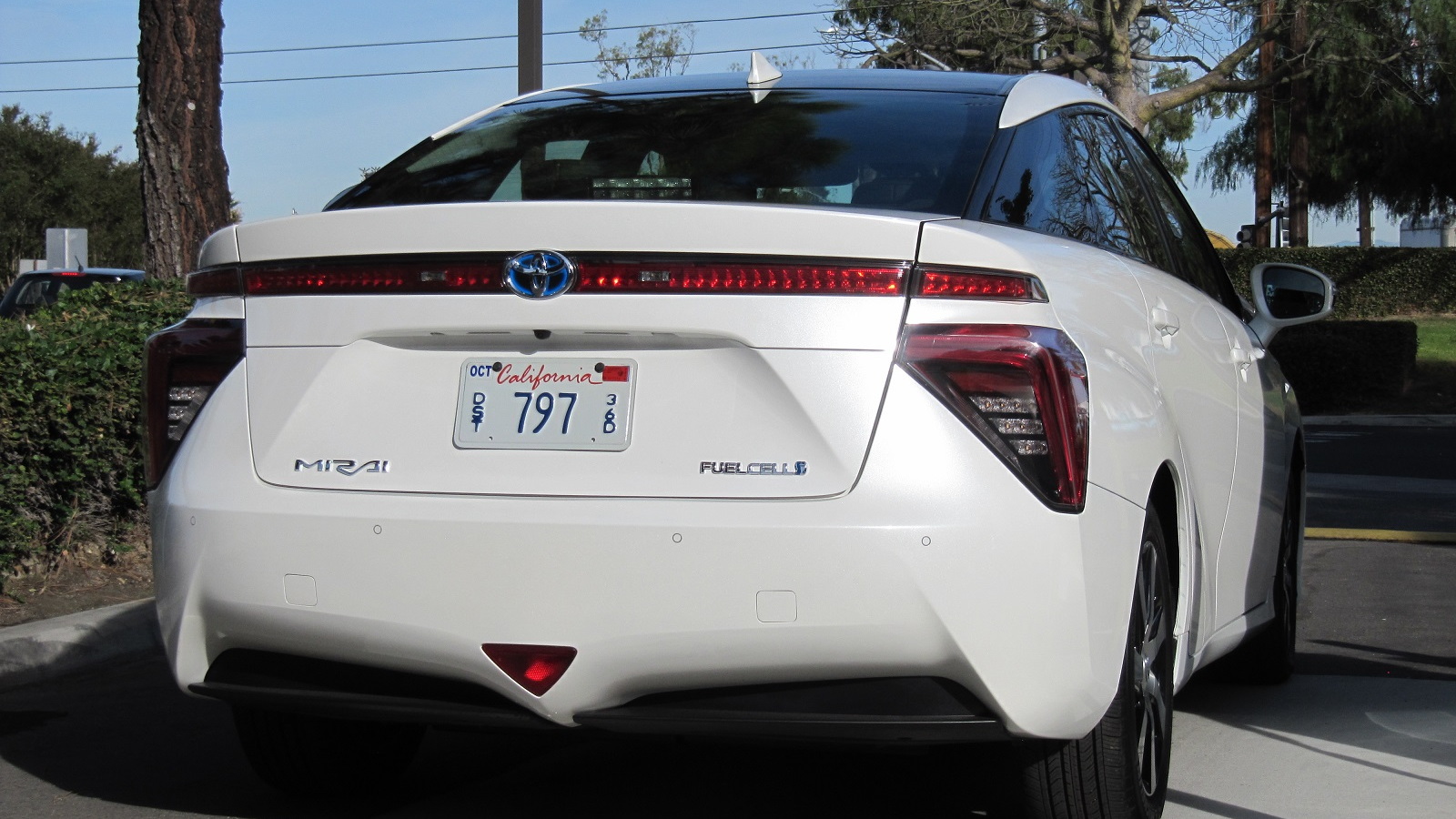The 2016 Toyota Mirai hydrogen fuel-cell car hasn't yet gone on sale--it'll arrive in limited regions of California in the second half of this year--but already it's been the focus of a great deal of attention.
As Toyota's first production hydrogen vehicle, and the cornerstone of its future plans for zero-emission vehicles, the company often compares the Mirai to the first generation Toyota Prius sold from 1997 through 2003.
DON'T MISS: 2016 Toyota Mirai: First Drive Of Hydrogen Fuel-Cell Sedan
With a drive report under our belt, and in discussions among expert sources and readers, we've put together a random list of additional points about the Mirai to set it in context.
Several of these were derived from reading a 13-page brochure from Toyota's Japanese media site. Regrettably, that link now appears to be defunct.

2016 Toyota Mirai interior
As they say: Discuss.
(1) The energy content of the 5 kilograms of hydrogen fuel is roughly 165 kilowatt-hours, or almost double the capacity of the largest battery pack in a production electric car. That's the Tesla Model S with the 85-kWh battery.
Tesla gets ranges of 265 to 270 miles from that battery, whereas the Mirai is expected to get 250 to 300 miles from its fuel, though the EPA hasn't issued a final rating yet.
That implies a fuel cell of slightly more than 50-percent efficiency, plus other losses in the system.
MORE: 2016 Toyota Mirai Fuel-Cell Car Will Alter Industry As Prius Did, Says Exec
(2) Via its CHAdeMO power-out connection, Mirai can provide 60 kWh of electricity to a household during power outages, which corresponds to that rough efficiency rating.
Presumably the car leaves itself enough hydrogen in the tank to be able to drive some distance to a refueling station.

2016 Toyota Mirai power-out jack in trunk
(3) Toyota is still using a nickel-metal-hydride battery pack to buffer extreme power demands. Possibly because that technology is less expensive, or because Toyota has far more confidence in NiMH than in lithium-ion.
Such a pack does add something of a weight penalty, but the reliability may outweigh that concern for Toyota.
(4) The massive air intakes at the front of the car are required to cool down the fuel-cell stack.

2016 Toyota Mirai hydrogen fuel-cell car, Newport Beach, CA, Nov 2014
But cooling is a challenge, because fuel cells run at far lower temperatures--perhaps below 100 degrees Centigrade--than do internal-combustion engines.
The huge temperature differential between ambient air and the temperature of the engine coolant means engines are easy to cool: You can shed heat more easily from a given amount of airflow.
To shed heat from the stack coolant at the lower temperature differential requires a greater amount of airflow--hence the large cooling inlets.

2016 Toyota Mirai hydrogen fuel-cell car, Newport Beach, CA, Nov 2014
(5) Toyota says it will provide free fuel to Mirai drivers for their first three years.
If you assume a 300-mile range and 15,000 miles driven a year, that would be about 50 fill-ups a year (and more if drivers routinely refuel before the tank drops below, say, one-quarter capacity).
RELATED: 2016 Toyota Mirai Fuel-Cell Car At Los Angeles Auto Show (Video)
Assuming some number like $50 per fill-up, Toyota is providing a fuel subsidy of roughly $2,500 per year, or $7,500 for the three-year term of a Mirai lease.
[hat tip: Matthew Klippenstein]
_________________________________________________



















